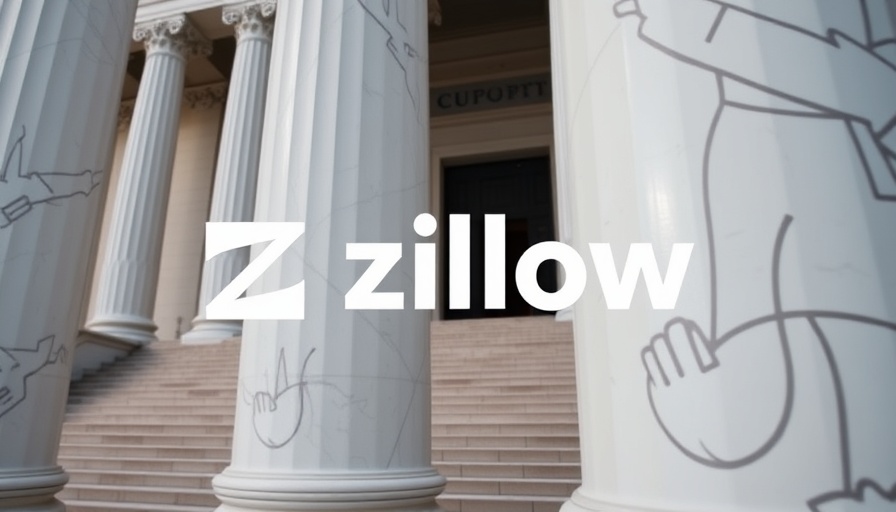
Former Zillow Employee Takes a Stand Against Wage Violations
In a striking move that has resonated through the real estate industry, Andrew Josephson, a former mortgage loan originator at Zillow Home Loans, has launched a class action lawsuit against the company, alleging serious wage violations. This initiative, which highlights the challenges faced by employees within corporate giants, demands a closer examination of the labor practices within Zillow and similar companies.
Understanding the Allegations Against Zillow
Josephson's lawsuit claims that Zillow Home Loans not only failed to pay minimum wages and overtime but also neglected to provide essential meal and rest breaks as required by California law. This lack of fair compensation and support was allegedly an attempt by Zillow to position itself as a lower-cost competitor in the mortgage lending market.
The complaint, filed in Orange County, California, has also raised issues regarding the accuracy of wage statements, timely payment of wages post-termination, and overall compliance with business regulations. The class action seeks compensation for lost wages, unreimbursed business expenses, and legal fees, which if successful, could set a precedent for worker rights in the tech and real estate sectors.
A Pattern of Wage Disputes at Zillow
This isn’t the first instance where Zillow has faced scrutiny over its labor practices. The company has previously settled lawsuits involving labor code violations, including a 2019 case where it paid over $342,000 to settle similar allegations concerning unpaid overtime. These patterns raise questions not only about Zillow’s corporate practices but also about the broader implications for transparency and fairness in the tech-driven real estate market.
Significance of the Lawsuit for Current Employees
For employees currently working at Zillow Home Loans or in similar industries, this lawsuit serves as a critical reminder of the importance of understanding one’s rights regarding wage and hour laws. With class actions like Josephson's, workers may feel empowered to speak up if they believe their rights are being violated.
The outcome of this legal battle could resonate far beyond Zillow, impacting the workplace culture and labor practices of tech-embraced companies nationwide.
The Broader Implications of Wage Issues in the Tech and Real Estate Sectors
As the tech industry continues to expand its influence on various sectors, the need for robust labor practices becomes more critical. Companies are tasked with not only innovating but also ensuring fair treatment of their employees. Josephson's lawsuit is an important step toward ensuring that employees are not exploited in an industry that is rapidly evolving.
In navigating this complex landscape, institutions must strive to maintain transparency in their employment practices and prioritize fairness in compensation, or risk facing legal challenges that could reshape their business models. For the workers in the industry, developments like these are a call to advocate for their rights and demand equitable treatment.
Conclusion: What This Lawsuit Means for the Future
The class action lawsuit against Zillow Home Loans is more than just a legal dispute; it reflects growing concerns among workers in a modernized economy where big tech companies dominate. As awareness of labor rights grows, employees must remain vigilant, ensuring they are compensated fairly for their work. The outcome of this case will not only have consequences for Zillow but may redefine the landscape for labor practices in the tech and real estate industries.
 Add Row
Add Row  Add
Add 




Write A Comment